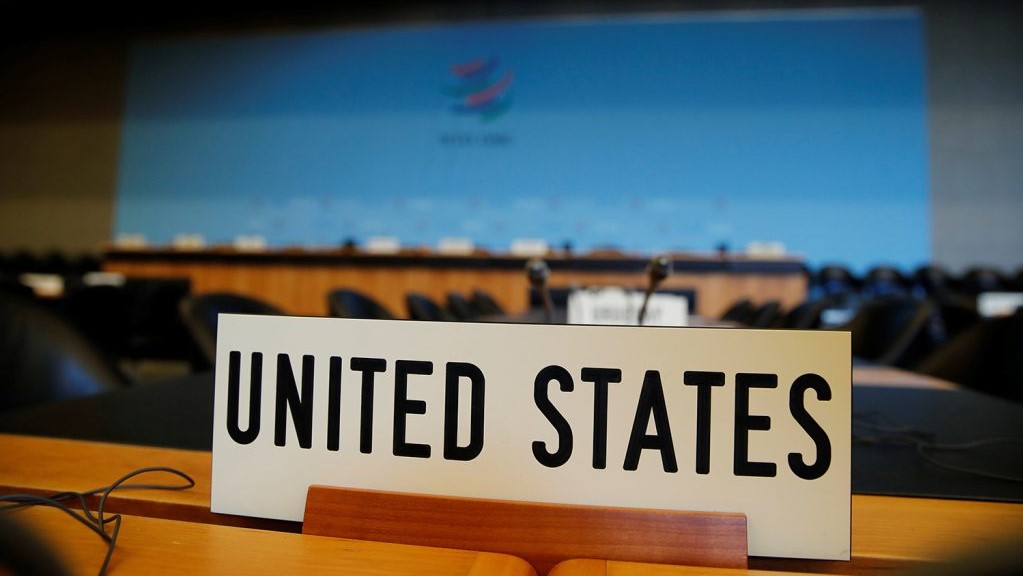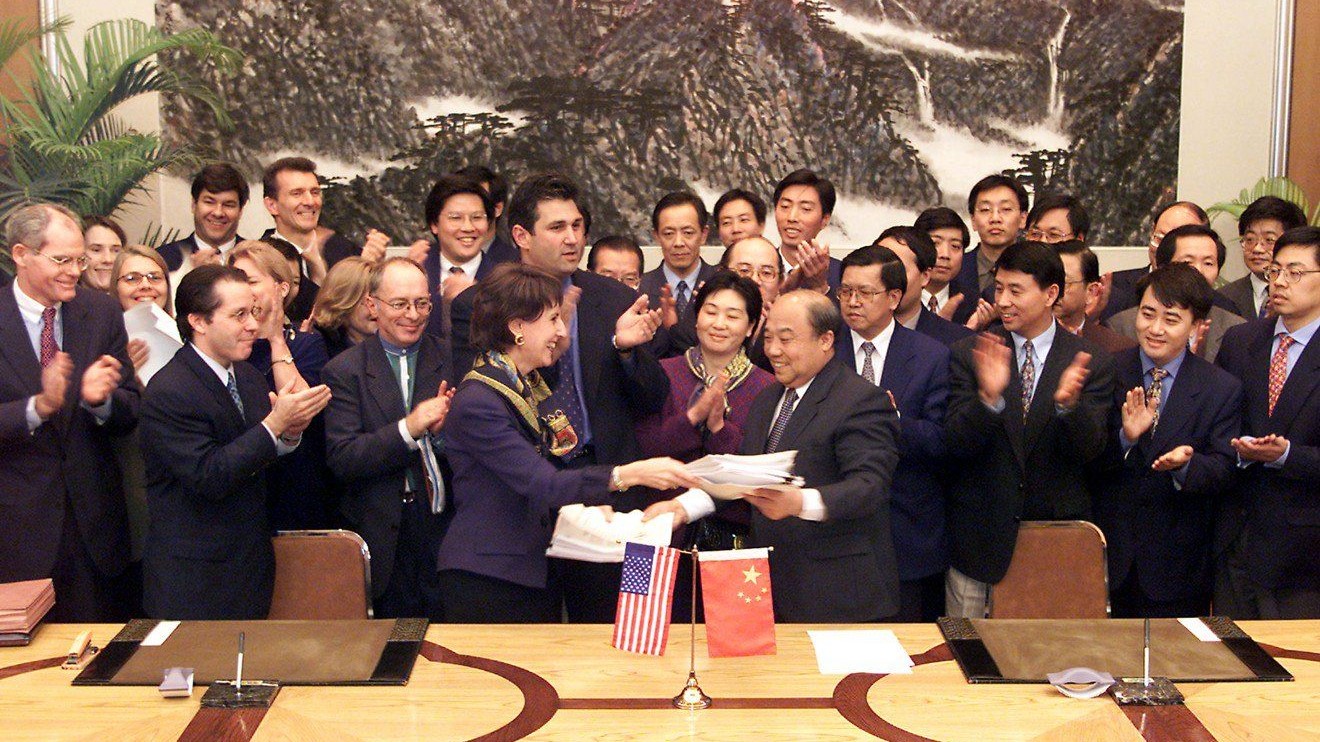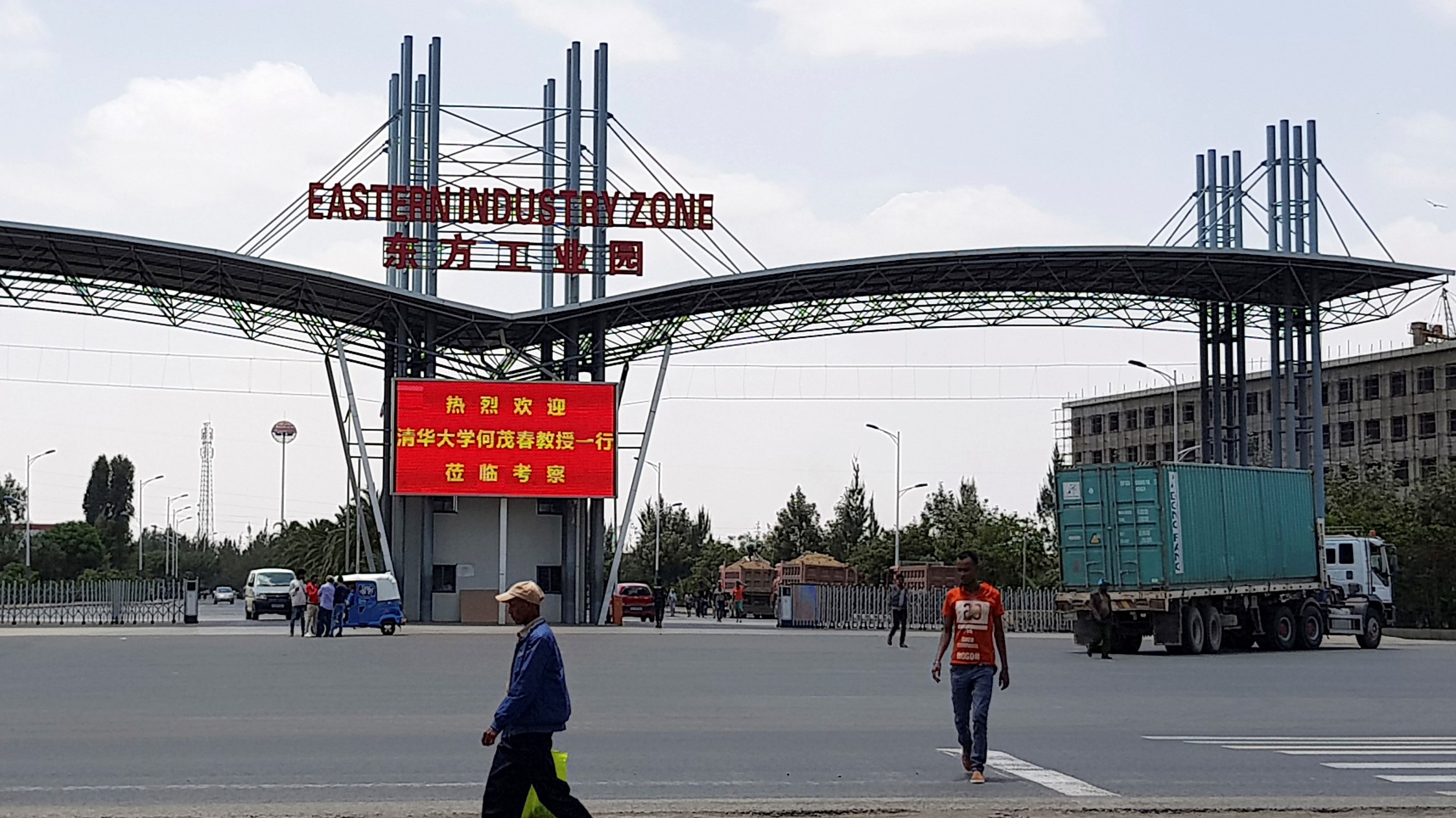Published 27 September 2022
With China’s recent regulatory crackdowns, a new sense of urgency is created for the US to return to the international rulemaking arena to protect its foreign businesses. But the window of opportunity is narrow, and America may lose its lead in multilateral policy setting once and for all if it misses the opportunity in the next few years.
China’s regulatory crackdowns have waned, but protectionist trade policies implemented by the Trump administration and continued by the Biden administration have severely restricted the ability of the US government to protect US businesses in the Chinese market. Unless the US government changes course, American companies will be increasingly less able to address perceived wrongs in Chinese government policies and will be placed at a significant economic disadvantage in much of Asia.
In 2021, China launched regulatory crackdowns in many sectors, including the suspension of an initial public offering for Ant Financial, the antitrust investigation of Alibaba, the cybersecurity probe of Didi, restrictions on computer games, and a ban on private tutoring business. While these regulatory actions wreaked great havoc in the market, most people assume they only affect China’s companies, and fail to appreciate the wider implications for foreign businesses.
This analysis fills in the gap by discussing the potential effects on the trade and investment activities of foreign firms, especially American firms. It further discusses potential actions the US government and American businesses could take to better protect their interests and minimize the negative impacts.
Chinese government regulatory crackdowns have targeted mainly domestic Chinese companies, and indeed Chinese companies have been their main casualties, as judged by their plummeting share prices. Yet, one often ignored aspect of China’s regulatory actions is the hidden costs to foreign firms.
First: their investment interests, which could include the inability to invest in a given sector (such as the ban on foreign investment in tutoring business), forced divestment of existing investment (such as existing investors in the tutoring sector forced to sell off their stakes to comply with ban on foreign investment), and a reduction in the value of investment and lack of liquidity.
Second: trade and transaction interests, with the suppliers to the affected Chinese firms bearing the brunt. Even though in recent years, many US policymakers have said trade actions taken against China were due to China’s treatment of US companies, US protectionist policies have limited the ability of the US government to respond to Chinese government policies that affect US companies. America First trade policies limit the US ability to seek redress, change, or encourage improvement in Chinese regulatory policies that may harm US firms.
Even if the United States were to overcome hurdles and win a case against China in the World Trade Organization (WTO), it still would not be able to enjoy the fruit of its success due to the paralysis of the WTO Appellate Body, thanks to the persistent blockage of the launch of the appointment process for its judges by both the Trump and Biden administrations.
Simply put, even if China loses the case, it could simply “appeal into the void” and turn the hard-won victory of the US into “waste paper,” leaving the US with no recourse. As the analysis notes, there is currently little the US government can do to protect the interests of US firms amidst the regulatory crackdowns, but such a powerless state is partly of its own making.
In addition to the irrational blockage of appointments to the WTO Appellate Body mentioned above, there are at least two other strategic blunders over the past five years that, if rectified, could have put US firms in a better position.
The first is the Bilateral Investment Treaty (BIT) negotiation between the US and China, which was launched in 2008 and suspended indefinitely when Trump came into office in 2017. The other is the Trans-Pacific Partnership (TPP) Agreement, which again saw Trump pulling out of the deal when he entered the White House. Both agreements include several useful features for US investors.
First, there are market access commitments which open up more sectors to US investors. More importantly, such investment agreements typically include mechanisms to prevent back-tracking of commitments, such as standstill obligations, which serve to make sure that a Party would not retreat from existing commitments and bind liberalizations at the status quo levels; and ratchet provisions, which goes a step further by binding Parties to any autonomous liberalization they might introduce in the future. As several of China’s regulatory crackdowns involve banning previously permitted business activities, these two provisions would come handy.
Second, such agreements typically include substantive obligations protecting the interests of foreign investors, such as minimum standard of treatment or fair and equitable treatment, which could provide useful to the foreign investors dealing with such arbitrary and hapless crackdowns. In particular, these agreements require compensation be paid to foreign investors in cases of expropriation, which covers not only direct nationalization of investment but also indirect expropriation such as regulatory actions which render investments worthless, which is exactly the type of scenario we have here.
Third, and most importantly, both agreements would include Investor-State Dispute Settlement (ISDS) mechanism, which allows affected foreign investors to seek independent arbitration against the Chinese government. In such arbitrations, investors typically stand a much better chance of getting due compensation than in national courts of the host countries.
The United States could at least start the process to return to the CPTPP (successor to the TPP), so that when China also joins the Agreement, US firms would have some leverage against the next wave of regulatory crackdowns. But the US needs to do this fast, as China has already submitted the application to the CPTPP, and it is a very serious bid.[1]
The US has a narrow window of opportunity of two to three years before China’s application goes through, but should it procrastinate further, it would be extremely hard, if not impossible, for the US to get in after China’s accession. China will surely demand its pound of flesh, just as the US did in China's WTO accession process.
International trade and investment agreements provide many ways to deal with problematic regulatory practices. Unfortunately, many of these tools are not available to the US, largely because the US has clipped its own claws under the Trump administration by withdrawing from international agreements which were designed to tackle exactly such problems.
It is puzzling that the Biden administration, with its professed affinity to multilateralism, would continue to stay away from international rulemaking efforts. With China’s recent regulatory crackdowns, a new sense of urgency is created for the US to return to the international rulemaking arena instead of continuing such a “nationalist approach” that is “ironic and dangerous.”[2]
But the window of opportunity is rather narrow. If the US misses the opportunity to do the right thing in the next few years, America might lose its lead in international rulemaking once and for all. If that happens, all the losses suffered by US firms in this round of regulatory crackdowns in China would go in vain, and would be the first of many such losses.
***
This essay and its executive summary were first published by the National Foundation for American Policy, and are reprinted with the kind permission of the author and the NFAP.
---
[1] Gao, H. & Zhou, W. (2021, September 20). China’s entry to CPTPP trade pact is closer than you think. Nikkei Asia; Nikkei Asia. https://asia.nikkei.com/Opinion/China-s-entry-to-CPTPP-trade-pact-is-closer-than-you-think.
[2] Haass, R. (2021, 3 December). The Age of America First. Foreign Affairs. https://www.foreignaffairs.com/articles/unitedstates/2021-09-29/biden-trump-age-america-first.
© The Hinrich Foundation. See our website Terms and conditions for our copyright and reprint policy. All statements of fact and the views, conclusions and recommendations expressed in this publication are the sole responsibility of the author(s).





